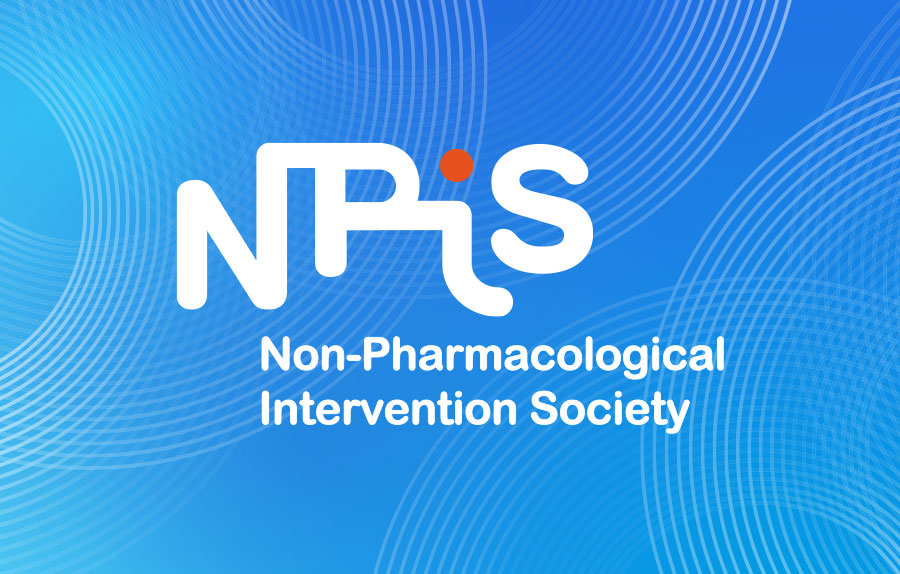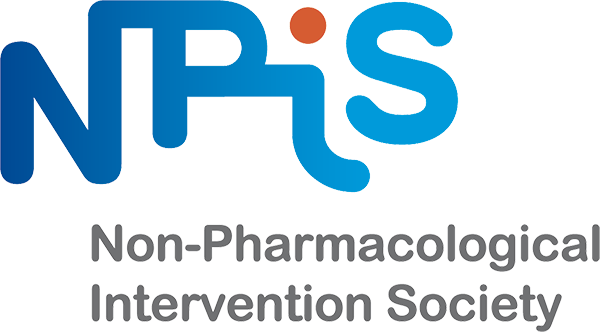Npi evaluation
The scientific framework for NPI evaluation includes 77 invariants, including 14 ethical and 63 methodological, divided into a logical demonstration process across five study types: observational, prototypical, mechanistic, interventional, and implementation.
It facilitates the justification, design, promotion, conduct, comparison, dissemination, and transferability of studies. It improves the relevance, quality, and reliability of studies.

• Observational study
In this type of study, researchers observe the evolution of a non-pharmacological practice (an approach, a method or a component of an NPI such as an attitude, a session, a technique, an exercise, an ingredient or a material) on different markers prospectively or retrospectively without intervening in the course of things.
• Mechanistic study
In this type of study, researchers highlight biological mechanisms and active psychosocial processes explaining benefits on health, autonomy, quality of life and/or longevity of an NPI and its interactions with the environment or other treatments.
• Prototypical study
In this type of study, collecting the experience of practitioners and users, researchers identify all the characteristics of professional implementation of an NPI with a target population in a given context.
• Interventional study
In this type of study, researchers demonstrate the effectiveness of an NPI on the health of a target population. A direct cause-and-effect relationship is established, the cause being the NPI being tested, and the effect being the difference between the experimental group and the control group on health markers. This type of study provides the best factual evidence that, under similar conditions and contexts, the NPI will provide the same benefits and expose the patient to the same risks.
• Implementation study
In this type of study, researchers determine the conditions for the successful deployment of an NPI in a given area. They enhance the NPI transferability specifications by including best practices and specific precautions for use. This knowledge is included in the NPI reference document for operators to ensure contextual fit, the health service provided in prior interventional studies, traceability, and conditions for quality improvement without distorting the NPI.
In this type of study, researchers observe the evolution of a non-pharmacological practice (an approach, a method or a component of an NPI such as an attitude, a session, a technique, an exercise, an ingredient or a material) on different markers prospectively or retrospectively without intervening in the course of things.
• Mechanistic study
In this type of study, researchers highlight biological mechanisms and active psychosocial processes explaining benefits on health, autonomy, quality of life and/or longevity of an NPI and its interactions with the environment or other treatments.
• Prototypical study
In this type of study, collecting the experience of practitioners and users, researchers identify all the characteristics of professional implementation of an NPI with a target population in a given context.
• Interventional study
In this type of study, researchers demonstrate the effectiveness of an NPI on the health of a target population. A direct cause-and-effect relationship is established, the cause being the NPI being tested, and the effect being the difference between the experimental group and the control group on health markers. This type of study provides the best factual evidence that, under similar conditions and contexts, the NPI will provide the same benefits and expose the patient to the same risks.
• Implementation study
In this type of study, researchers determine the conditions for the successful deployment of an NPI in a given area. They enhance the NPI transferability specifications by including best practices and specific precautions for use. This knowledge is included in the NPI reference document for operators to ensure contextual fit, the health service provided in prior interventional studies, traceability, and conditions for quality improvement without distorting the NPI.



